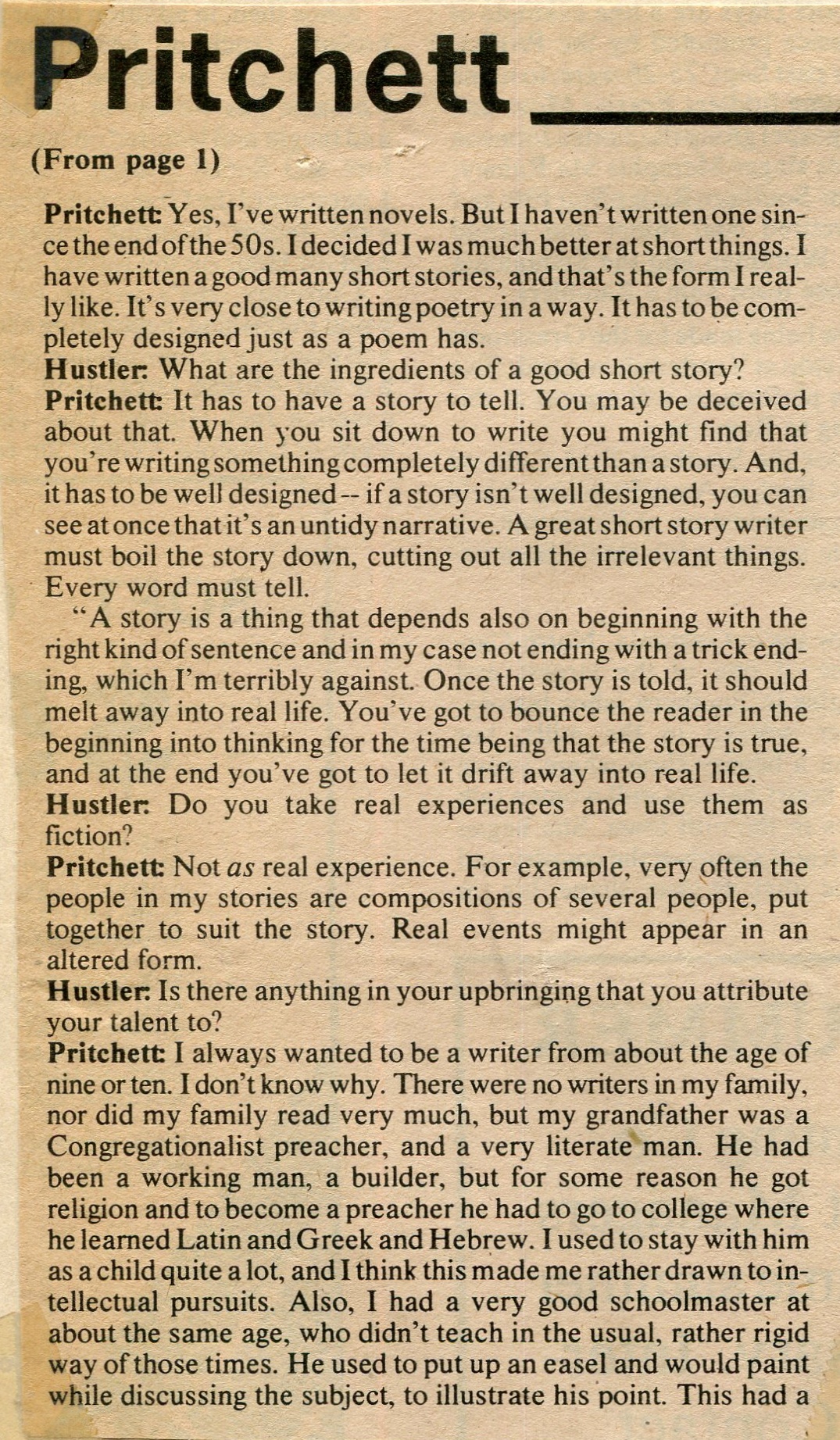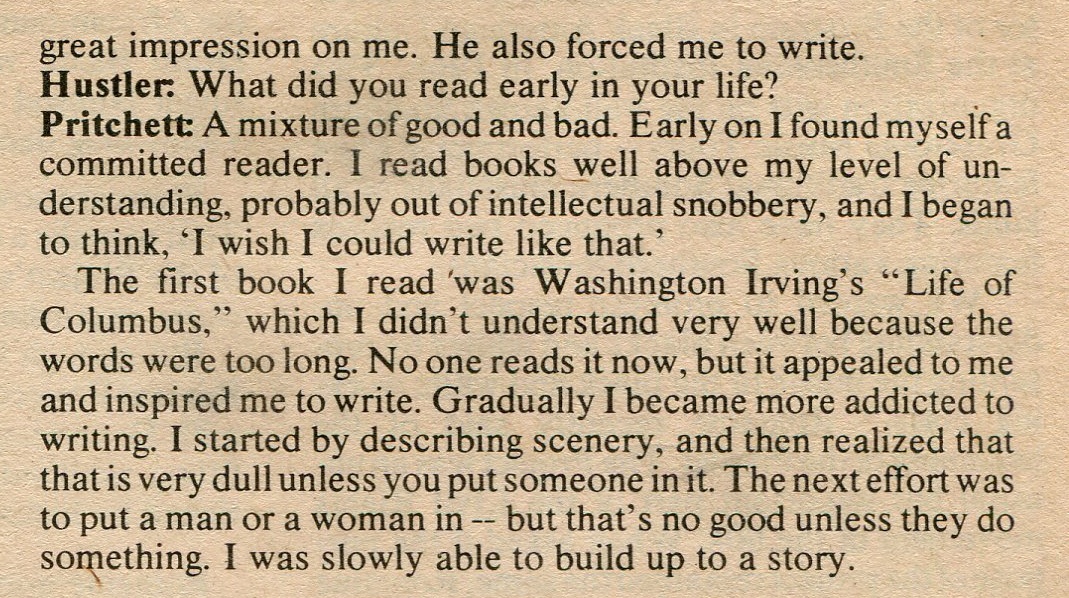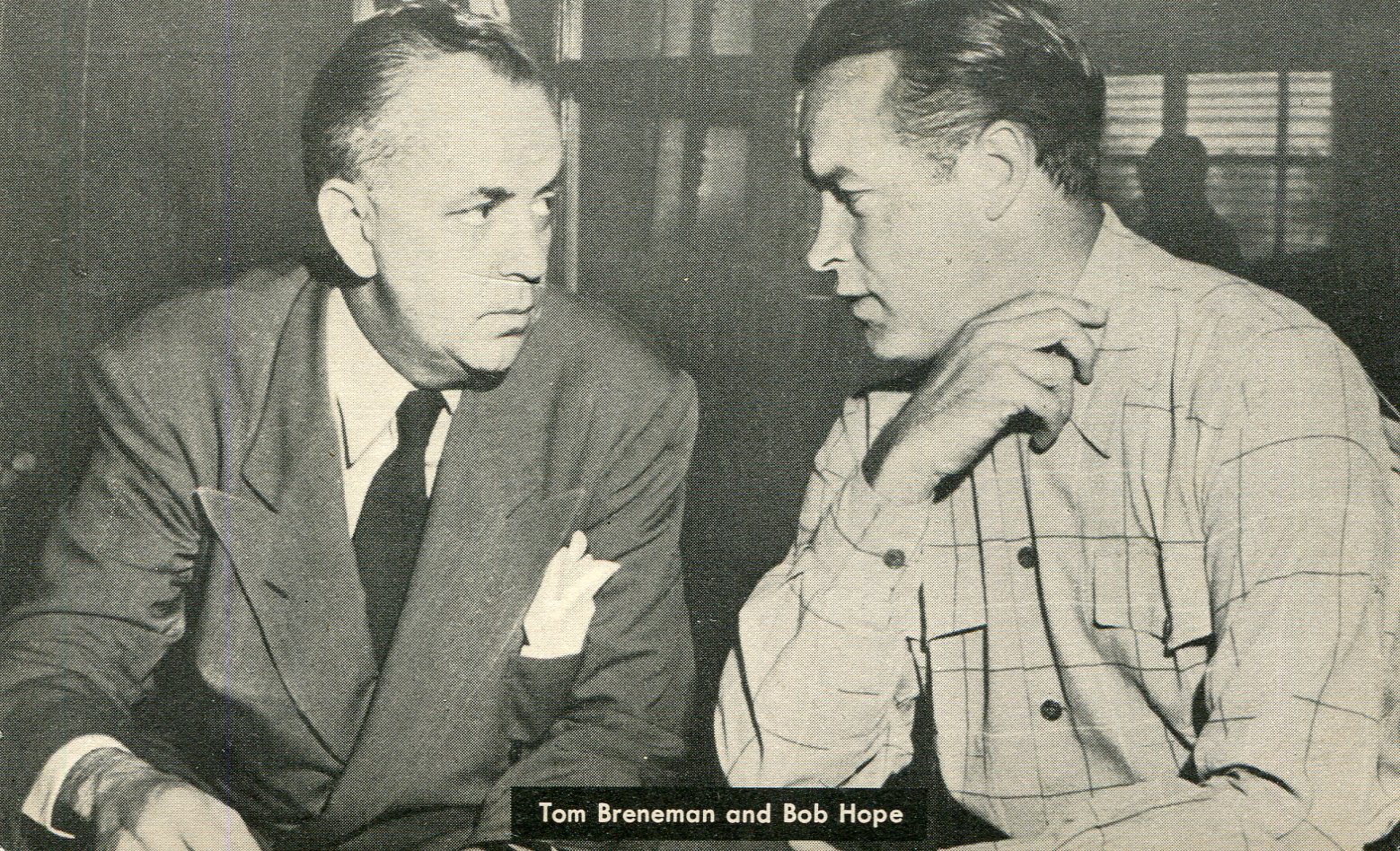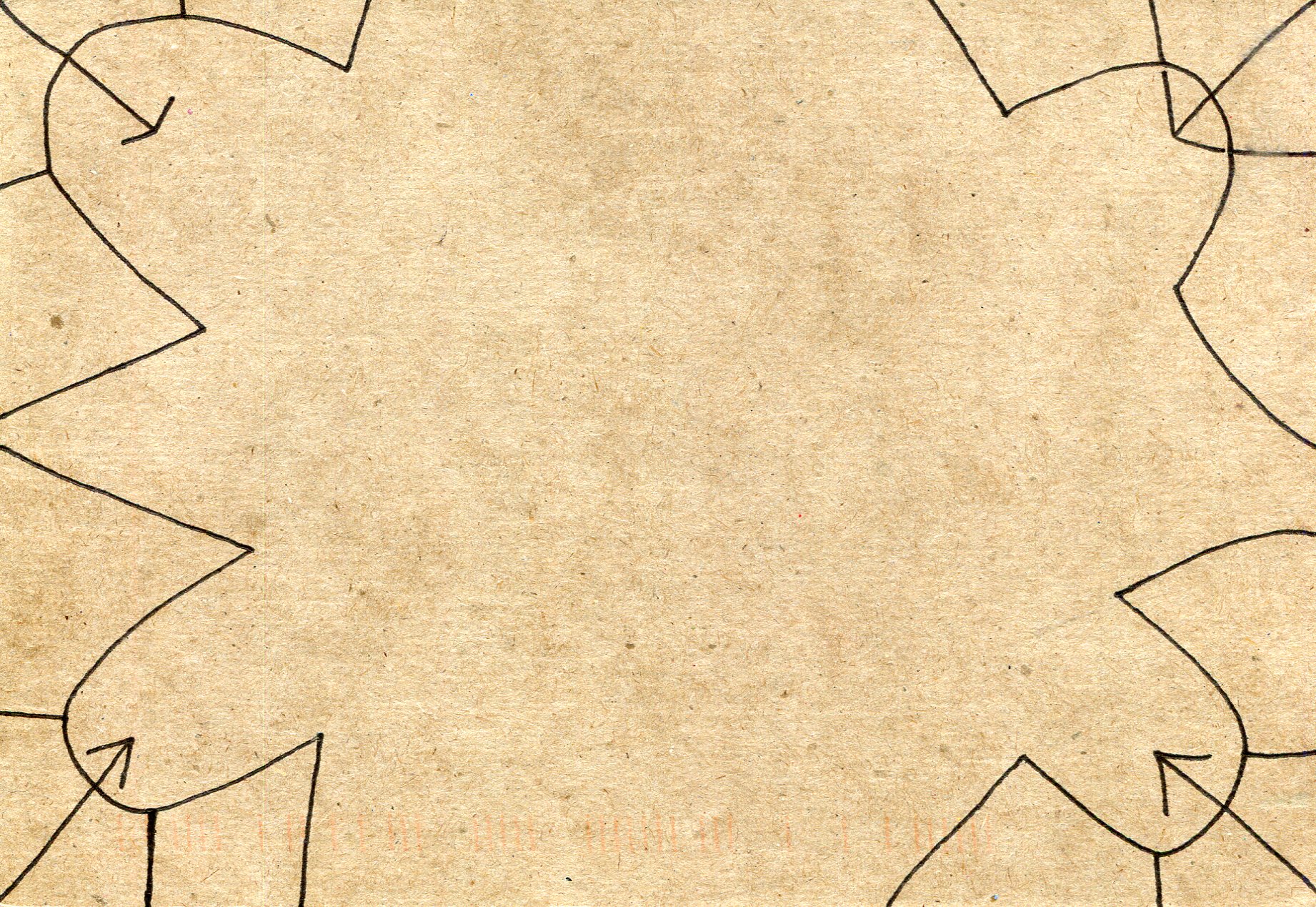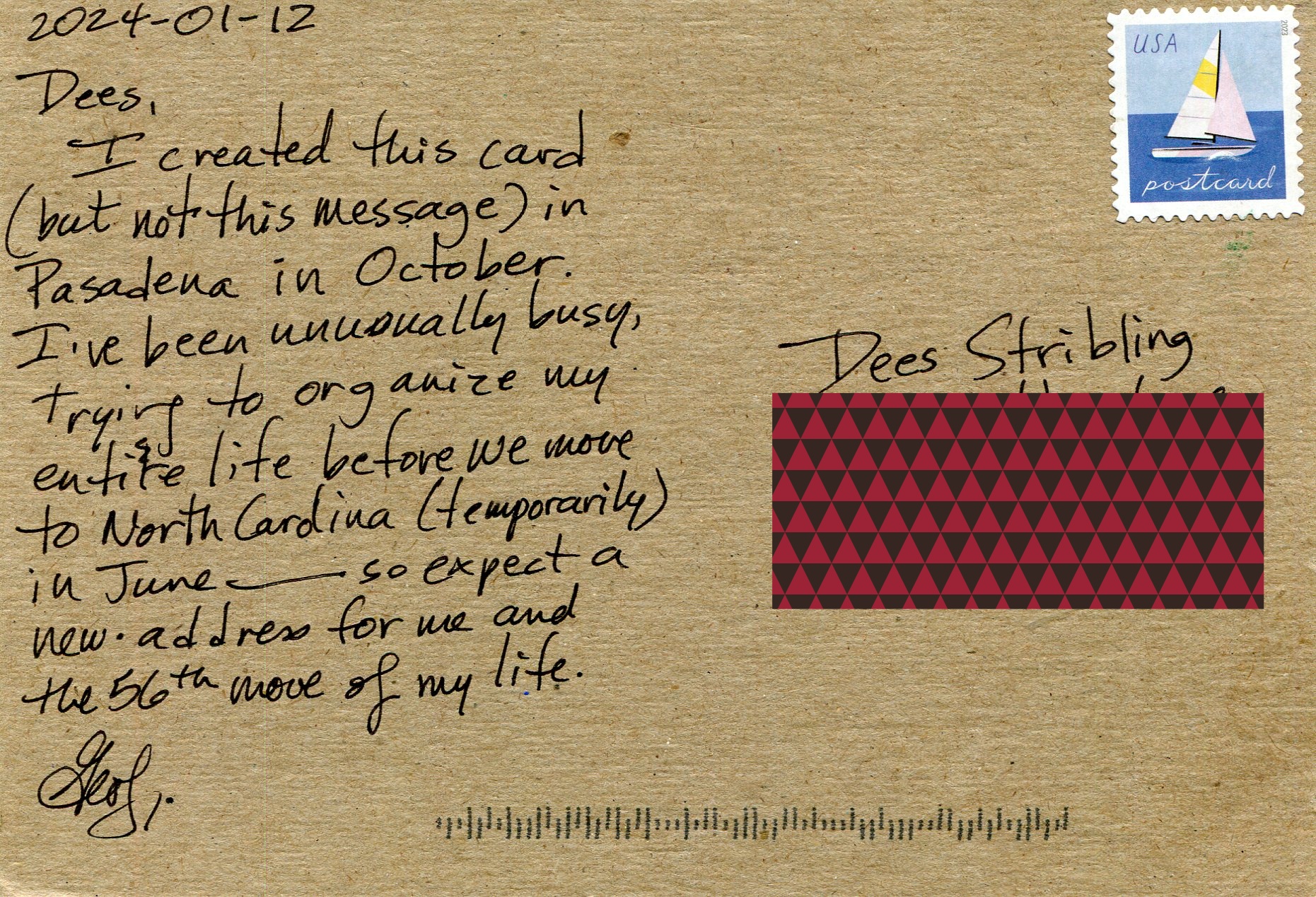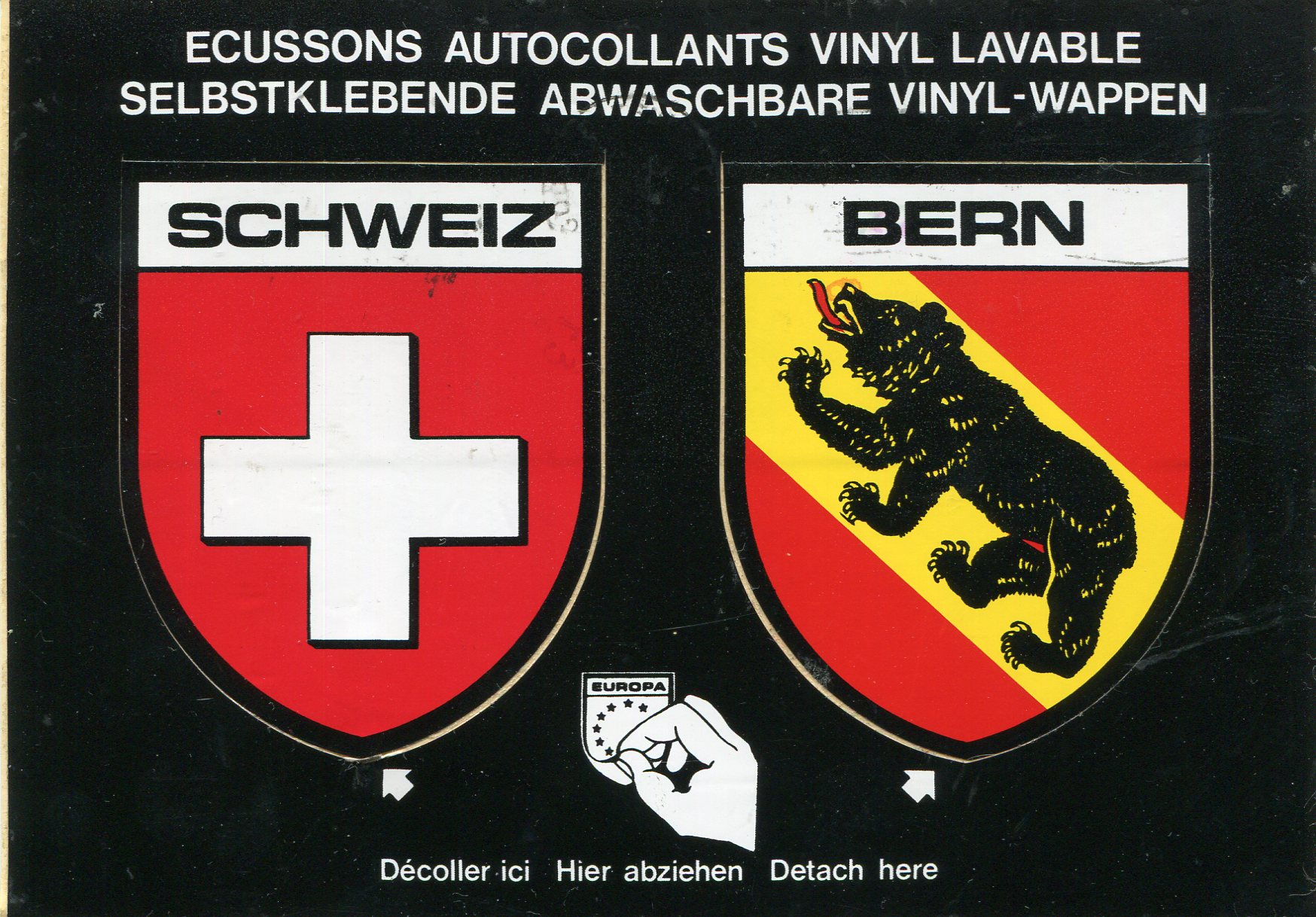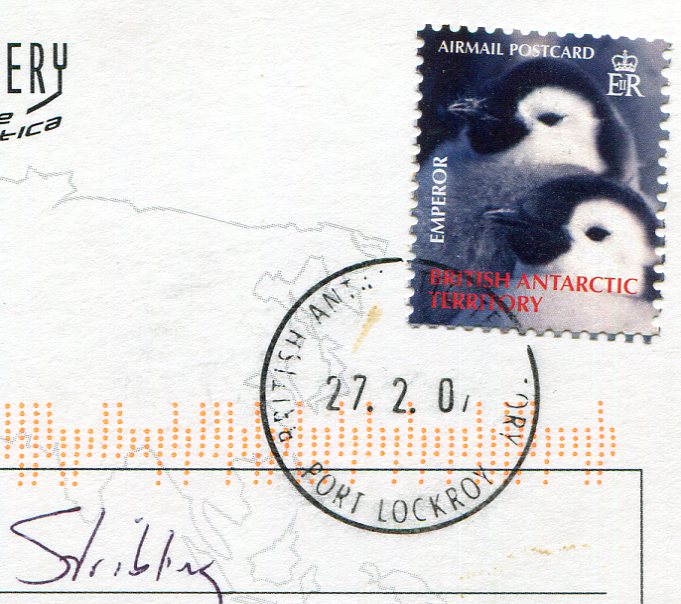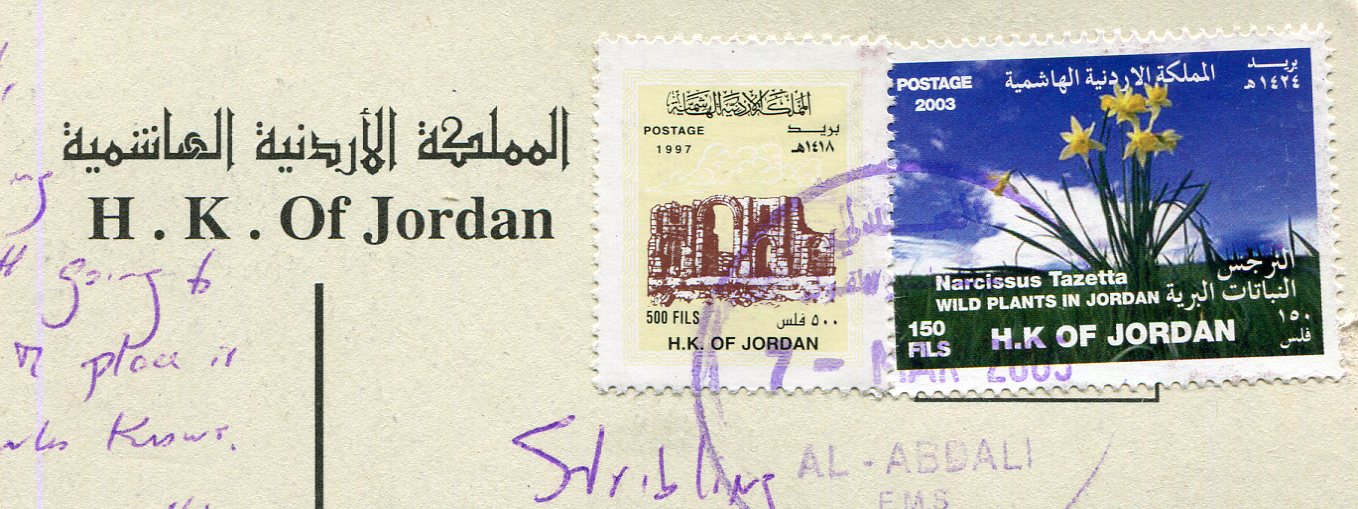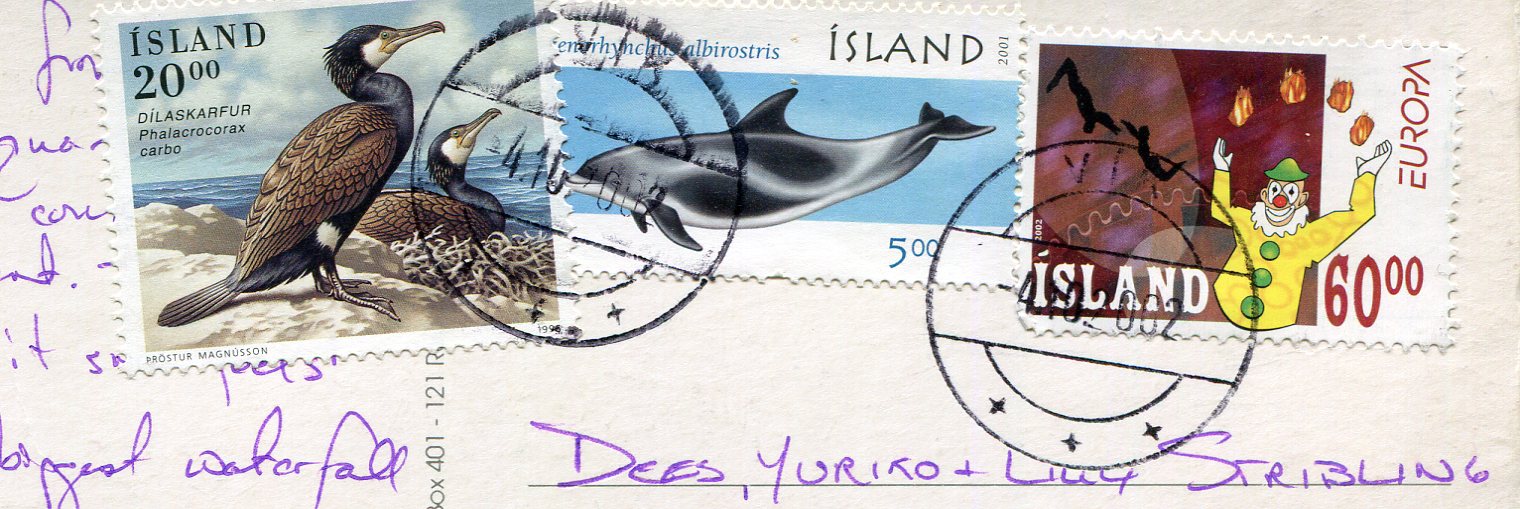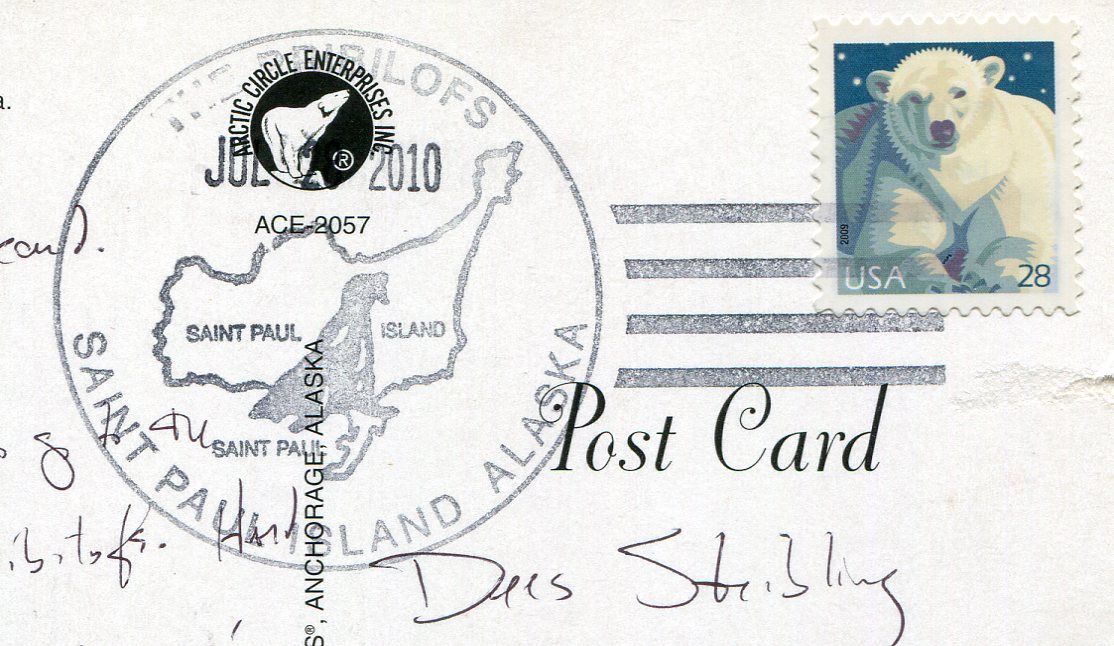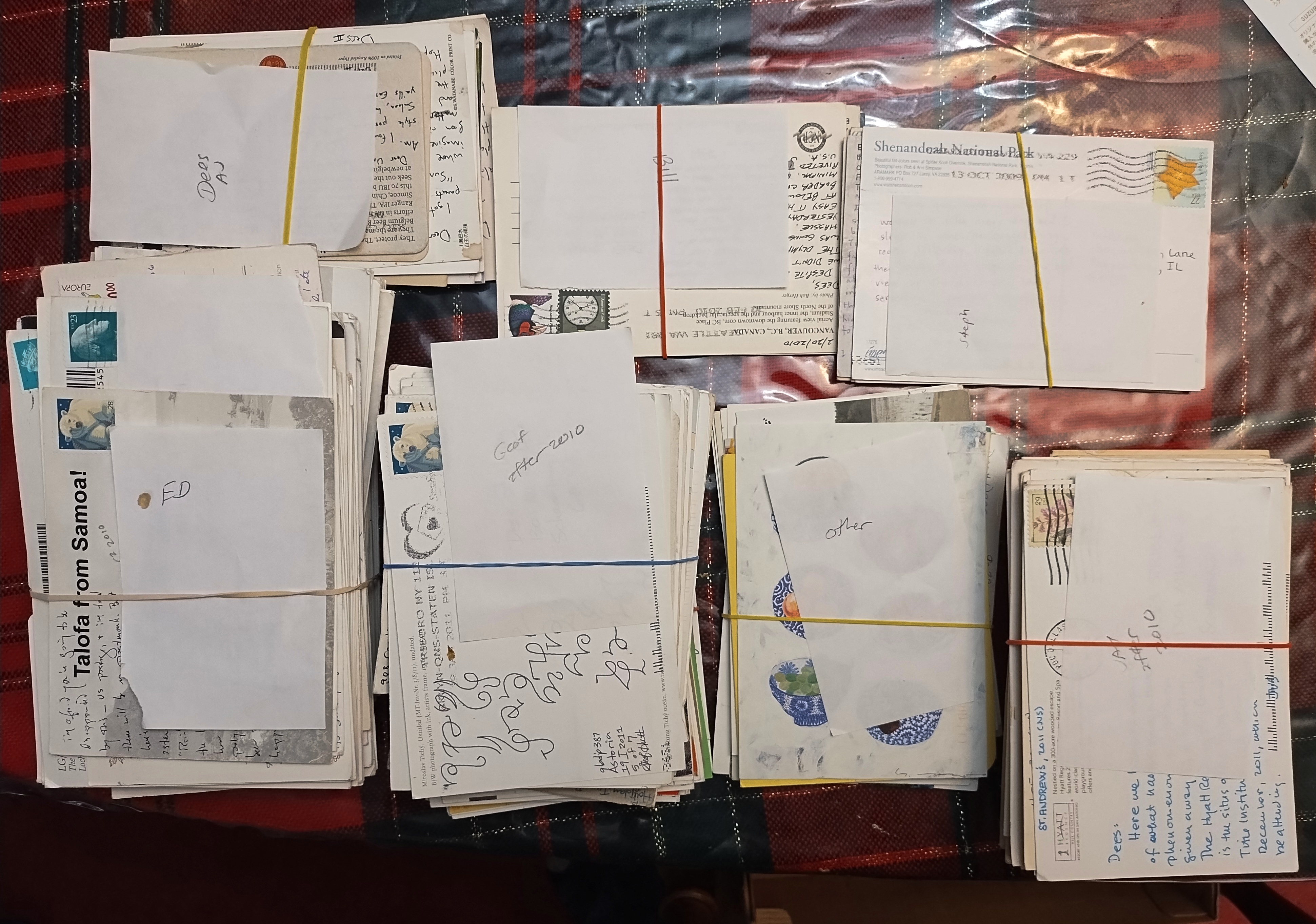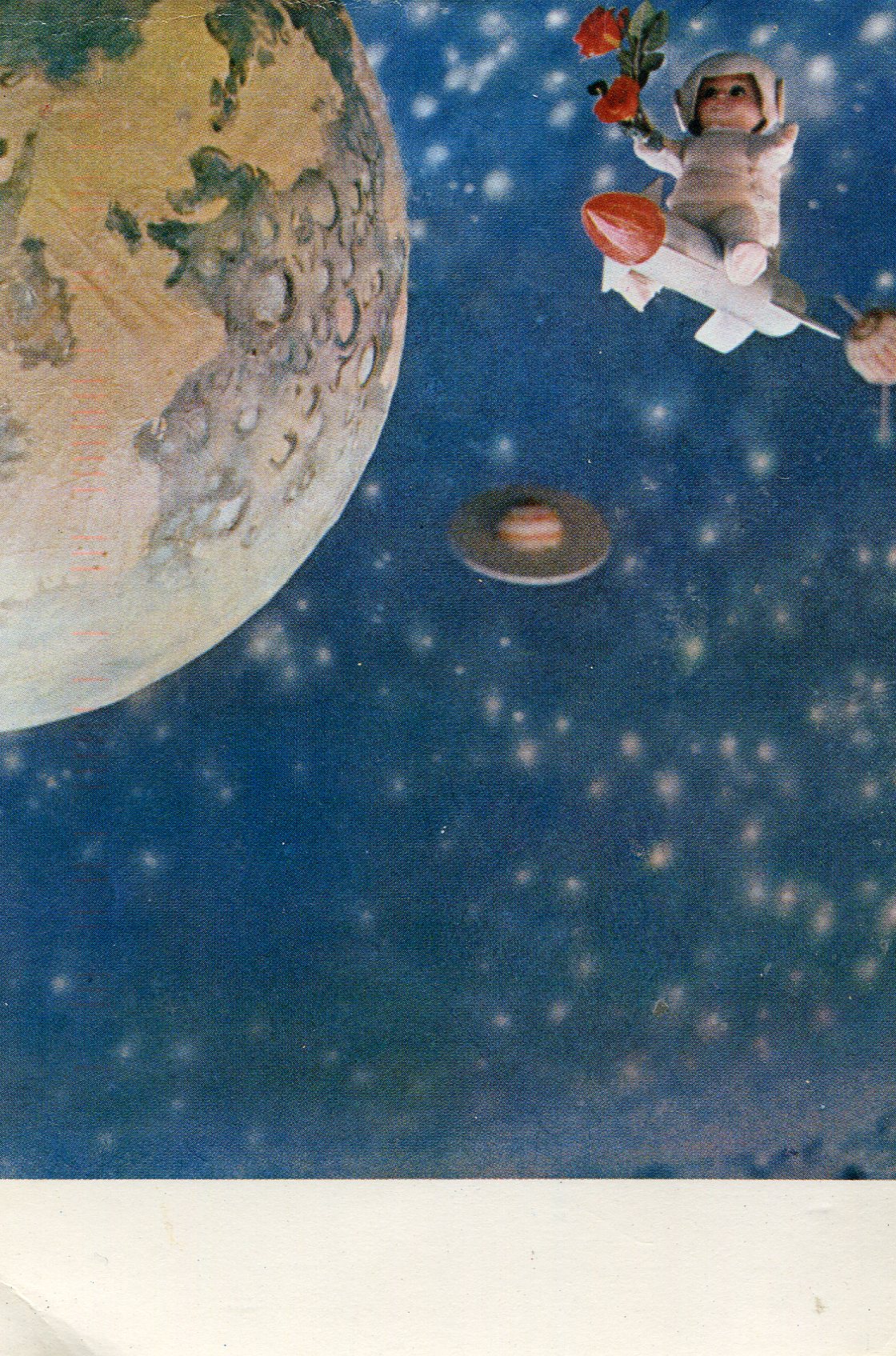I’m not one to drop names. One reason is I don’t have many to drop. There was that time I was pretty sure I saw Neil Young having lunch at the International Market in Nashville, ca. 1985, or at least someone who was a dead ringer for the musician. I let the man eat his food in peace.
And of course there was the other time (spring 1980) two friends and I saw Gregg Allman and his entourage enter the same Nashville restaurant we were having lunch, making a bee line back to a private room. If one of my friends hadn’t pointed them out, I wouldn’t have known.
The same with Larry David. A colleague and I were passing through the lobby of the Boca Raton Resort & Club in 2004 and he (my colleague) made a startled announcement: “That’s Larry David,” referring to a fellow we’d just passed whom I’d scarcely noticed in the crowd. That was the first I’d ever heard of him. Later I discovered that his brand of humor isn’t really for me.
Which brings me to Sir Victor Sawdon Pritchett (1900-97), a British writer best known for his short stories. V.S. Pritchett, his byline is usually styled. I expect many (many) more people, Americans anyway, have heard of the other notables I’ve mentioned than him.
Still, I not only saw Pritchett, I met him, since I took a class he taught as a visiting professor at Vanderbilt in the spring of ’83. I’ve mentioned him precisely once in 21 years, so I can’t call knowing him earth-shaking or otherwise consequential to the course of my life. Even so, I’m dropping his name now.
Besides sorting postcards, I’m opening up old files – physical files, of which there are many – with a mind toward sorting them as well. One I opened this week was labeled “Clips Before 1984.” Most of them are items I wrote for The Vanderbilt Hustler, the VU student newspaper. I was its news editor in the spring of ’83, and one of the items I did was a longish interview with V.S. Pritchett.
I’d completely forgotten about it. But there it was in black and white, to use the cliché. A front-page interview, but below the fold.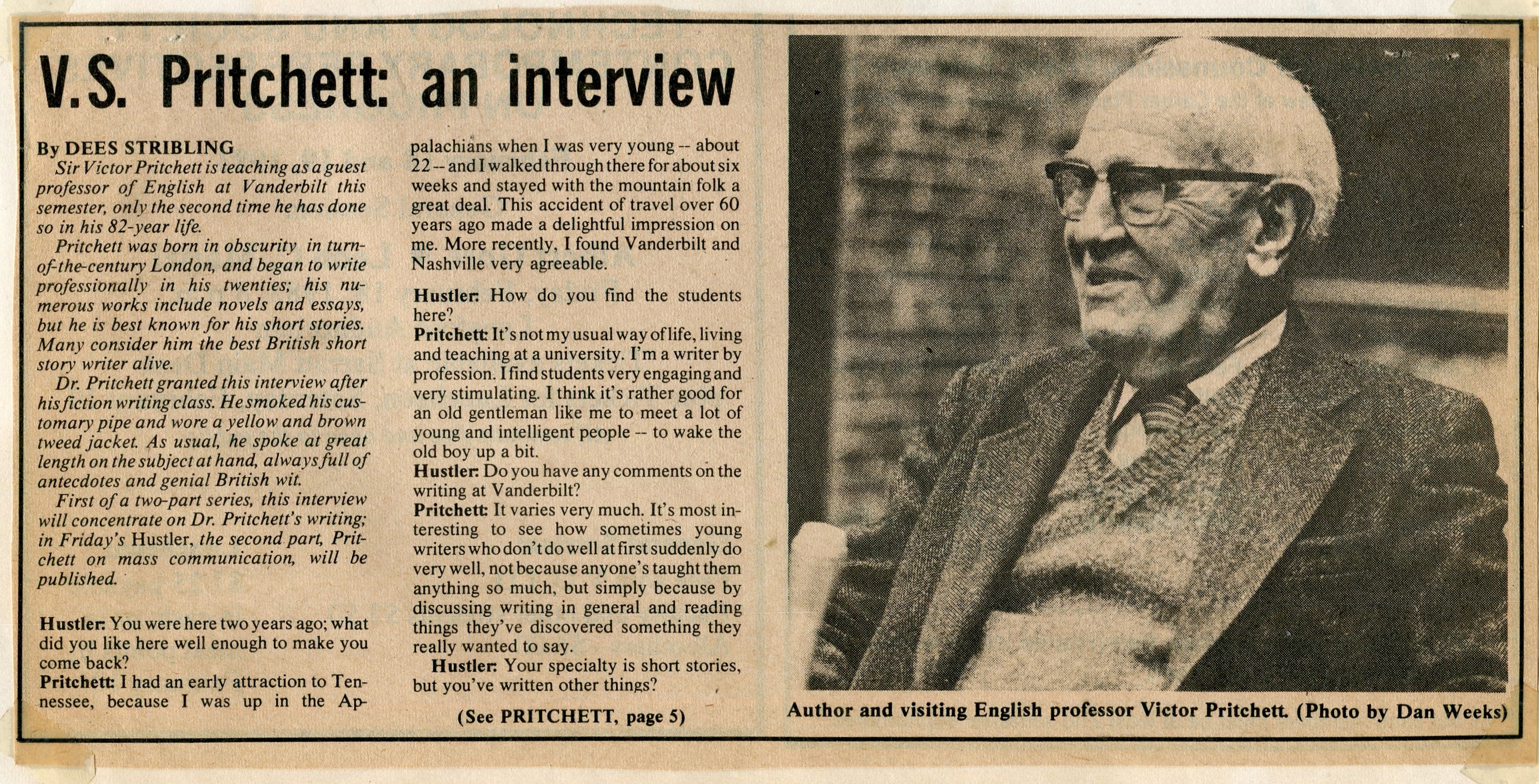
The first part ran on February 8, 1983. 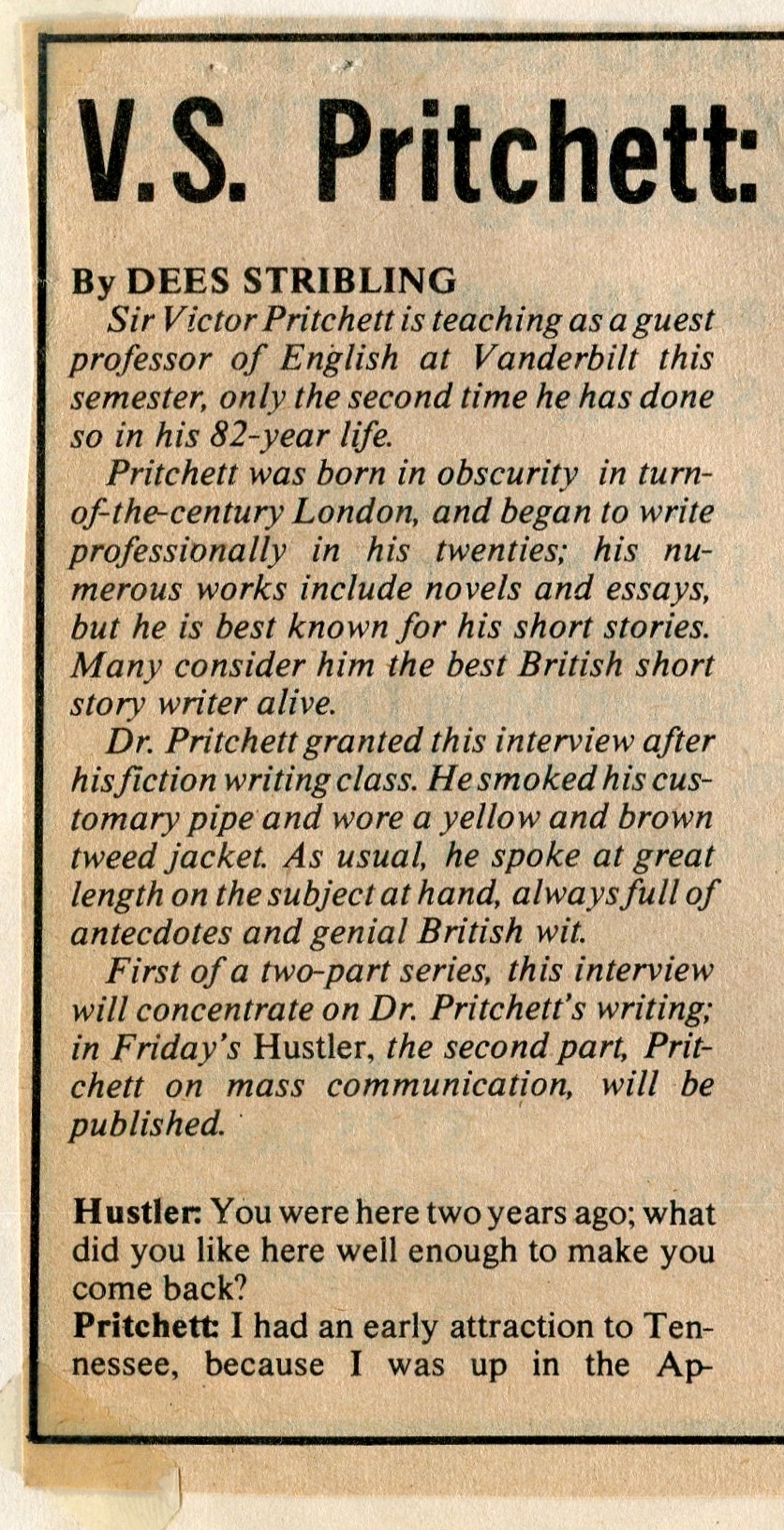
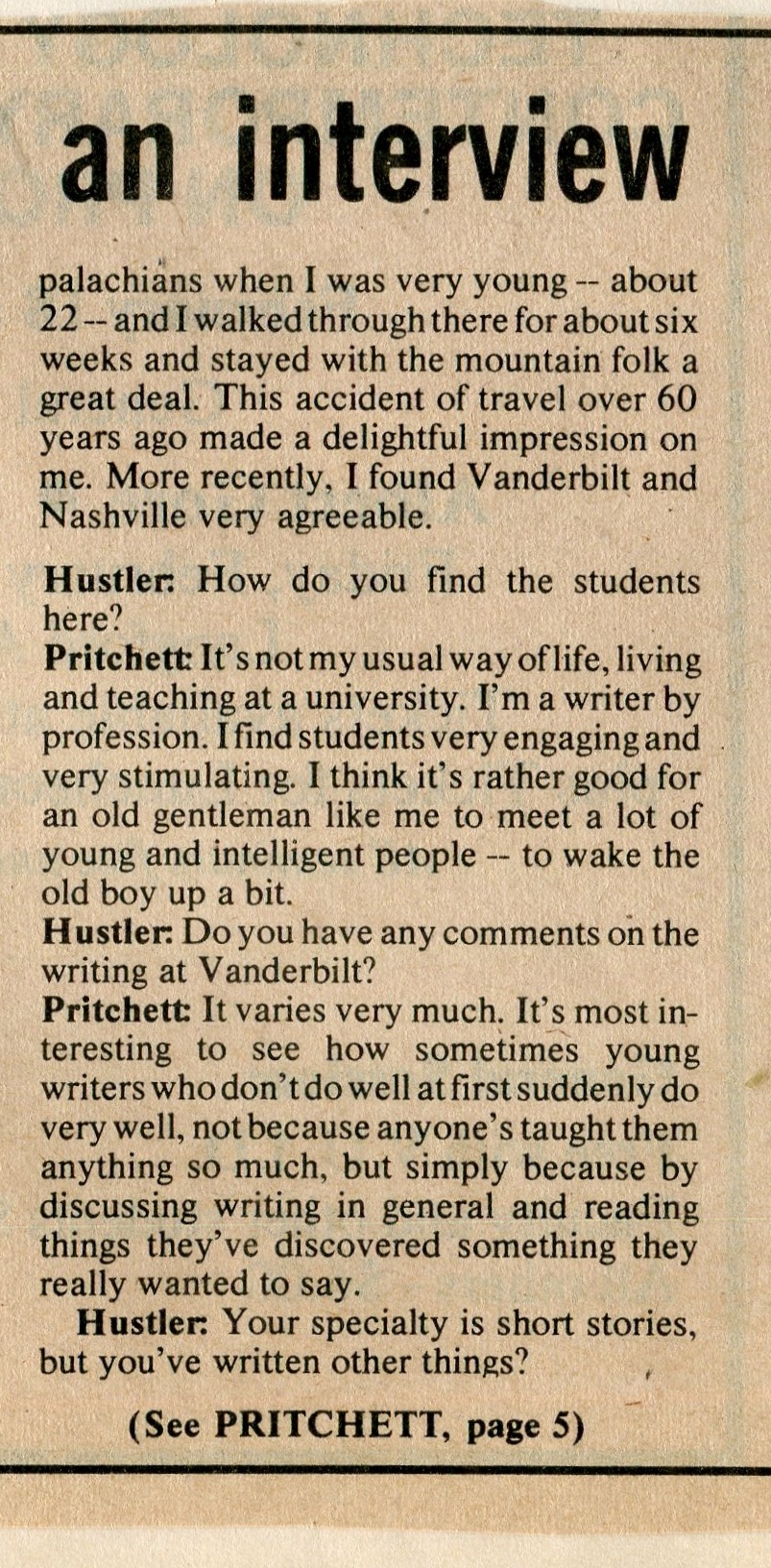
The second part was published on February 11. Not a bad interview for a college kid. But why – why – why didn’t I ask him about George Orwell? He knew Orwell. At least I know my degree of separation from Orwell is exactly two, a thought that pleases me for some reason.
Because of the nation’s absurd copyright laws, I suppose the article technically still belongs to Vanderbilt Student Communications, but I doubt they’d begrudge me posting it nonprofessionally after more than 40 years. If they do object, I’ll take it down. Until then, it represents an interview with Pritchett that probably isn’t posted anywhere else, a thought that also pleases me, though it surely doesn’t add or change anything about the record of his life.
RIP, Sir Victor.
